
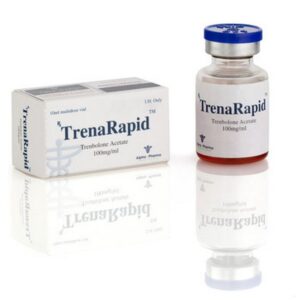
Buy TRENARAPID (TRENBOLONE ACETATE) Online
$62.78
CHARACTERISTICS
ACTIVE HALF-LIFE 1-1.5 DAYS
CLASSIFICATION ANABOLIC STEROID
DOSAGE MEN 200-700 MG/WEEK
ACNE RARELY
WATER RETENTION NO
HBR NO
HEPATOTOXICITY YES
AROMATIZATION NO
ACTIVE SUBSTANCE TRENBOLONE ACETATE
FORM 10 ML X 100 MG/ML
MANUFACTURER ALPHA PHARMA

Buy TRENARAPID (TRENBOLONE ACETATE) Online
$62.78
- Description
- Reviews (0)
Description
Chemical name: (17β)-3-Oxoestra-4,9,11-trien-17-yl acetate
Formula: C20H24O3
Anabolic activity index: 500%
Androgenic activity index: 500%
TRENARAPID 10ml VIAL – ALPHA PHARMA
Description:
- Active Substance:
- Trenarapid contains the active ingredient trenbolone acetate, which is a synthetic anabolic androgenic steroid (AAS). It is derived from nandrolone and is known for its potent anabolic properties.
- Medical Uses:
- Trenbolone acetate is not approved for medical use in humans. It is primarily used in veterinary medicine to promote muscle growth and improve feed efficiency in livestock.
- Mode of Action:
- Trenbolone acetate exerts its effects by binding to androgen receptors in muscle tissue, promoting protein synthesis and increasing nitrogen retention. This leads to an increase in muscle mass and strength.
- Additionally, trenbolone acetate has been shown to have anti-catabolic properties, meaning it may help prevent the breakdown of muscle tissue during periods of calorie restriction or intense training.
- Dosage and Administration:
- The dosage of Trenarapid is determined by a healthcare professional or veterinarian based on factors such as the specific animal being treated, the desired outcome, and the animal’s response to treatment.
- In veterinary medicine, trenbolone acetate is typically administered via intramuscular injection and may be given at intervals ranging from once every few days to once every few weeks.
- Side Effects:
- While trenbolone acetate is not approved for human use, it is associated with a range of potential side effects in animals, including:
- Virilization: Development of masculine characteristics in female animals, such as deepening of the voice, enlargement of the clitoris, and increased body hair growth.
- Aggression: Some animals may exhibit increased aggressiveness or territorial behavior while receiving trenbolone acetate.
- Cardiovascular Effects: Trenbolone acetate use may lead to an increase in blood pressure and cholesterol levels in animals.
- Liver Toxicity: Prolonged use of trenbolone acetate may result in liver damage or dysfunction in animals.
- While trenbolone acetate is not approved for human use, it is associated with a range of potential side effects in animals, including:
- Precautions:
- Trenbolone acetate should only be used under the supervision of a qualified veterinarian, and its use should be guided by a prescription.
- It is important to follow proper injection techniques and hygiene practices when administering trenbolone acetate to animals to minimize the risk of contamination or infection.
- Prescription Required:
- Yes, Trenarapid is a prescription medication in veterinary medicine, and its use should be guided by a veterinarian’s prescription.
- Note:
- Trenbolone acetate is classified as a controlled substance in many countries due to its potential for misuse and abuse. Its use in animals should be limited to legitimate veterinary purposes and should only be administered by trained professionals.
It’s important for individuals involved in animal husbandry to consult with a qualified veterinarian for personalized advice regarding the use of Trenarapid, including dosage, potential side effects, and precautions. Misuse or abuse of trenbolone acetate can lead to adverse health effects in animals and may also have legal ramifications.
Be the first to review “Buy TRENARAPID (TRENBOLONE ACETATE) Online” Cancel reply
Related Products
Buy ENANTAT 250 (TESTOSTERONE ENANTHATE) Online
Total Sales: 0
SKU: 885978
Buy PROPIONAT 100 (TESTOSTERONE PROPIONATE) Online
Total Sales: 0
SKU: 853441
Buy TESTOBOLIN (TESTOSTERONE ENANTHATE) Online
Total Sales: 0
SKU: 395819
Buy TESTORAPID (TESTOSTERONE PROPIONATE) Online
Total Sales: 0
SKU: 892521

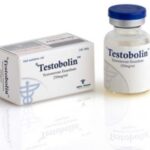
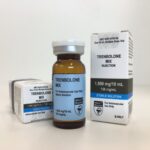
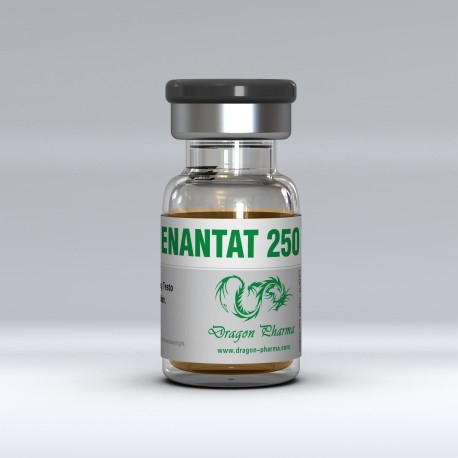
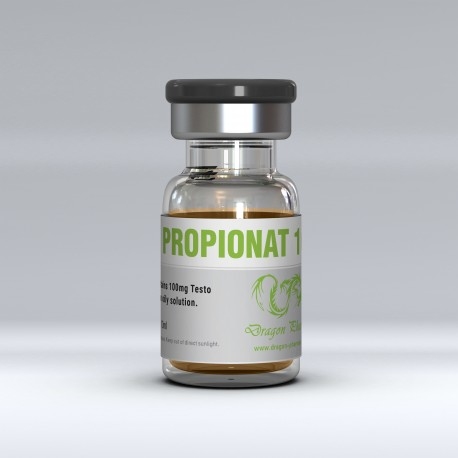

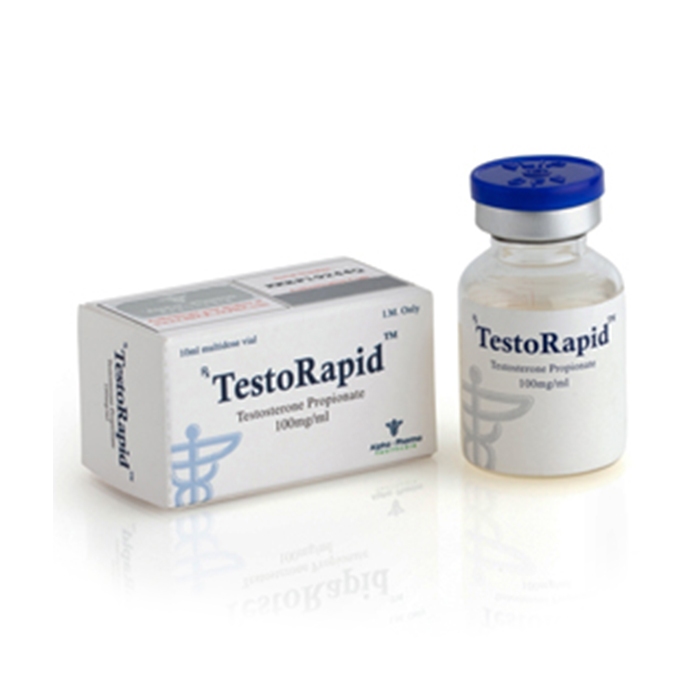
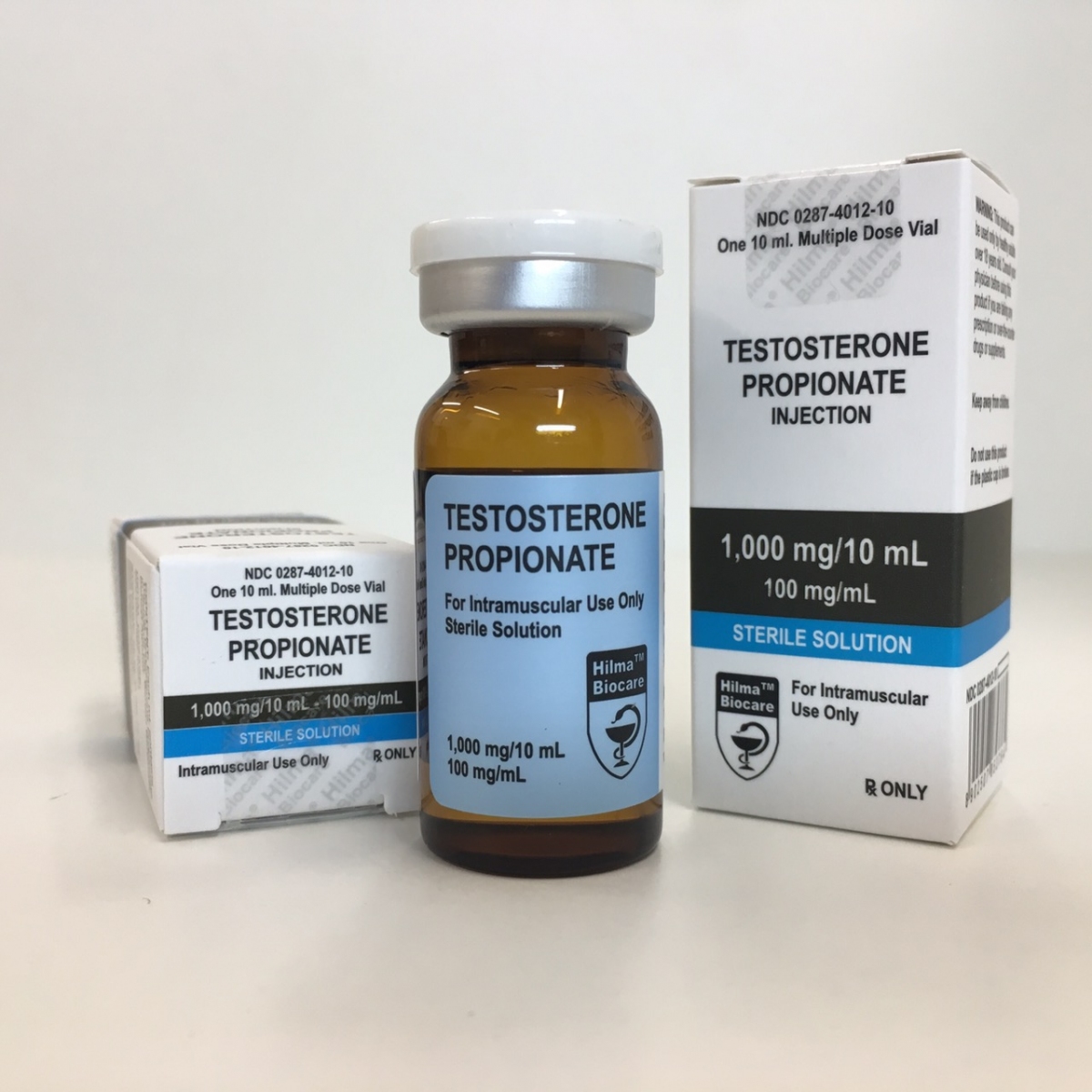
Reviews
There are no reviews yet.